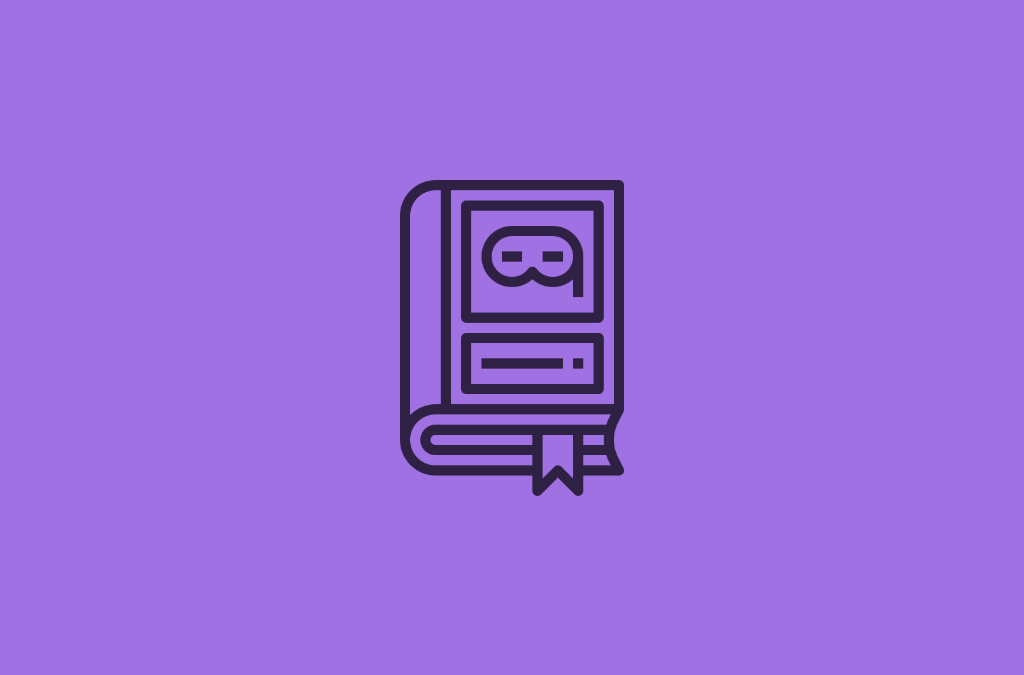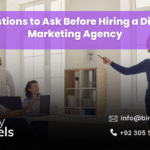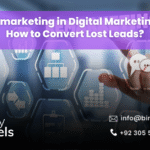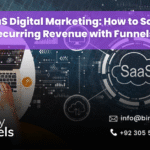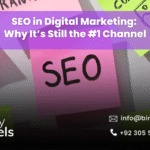
Facebook’s Software Development Kit (SDK) provides a bundle of eight tools that help enhance the features of your application, exchange in-app material with others, support the application and drive downloads, and even monetize the Facebook app with advertisements.
Don’t be misled by the apparently enigmatic word “SDK.” Briefly, Facebook’s SDK is a package of powerful resources built by Facebook engineers that you can integrate in your own application. It’s easy for users to merge pieces of Facebook SDK into the application (think Facebook login). It is also a great way to advertise your product, get people to chat about your product and also connect directly from Facebook to your application.
Here are the eight Facebook SDK tools available for both iOS and Android:
- Login (log in to your app using Facebook credentials)
- Share (like content and share content on Facebook)
- Graph API (query Facebook data, post stories, etc.)
- App Links (link directly to your app from Facebook posts)
- App Invites (send messages to friends inviting them to use your app)
- App Events (analyze how people use your app)
- Ads (app install ads and app engagement ads shown in Facebook feeds)
- Audience Network (monetize your app with Facebook ads)
With the support of these Facebook SDK devices, let ‘s look at six ways you can advertise and promote your app even more.
Facebook Login Supports Simplicity & Trust
Facebook Login is nowadays basically a must-have feature for a device. Facebook Login brings an additional degree of trust and usability to the app. Trust, since Facebook secures a user’s login credentials, and Facebook is such a well-known organization. This also ensures convenience by eliminating the need for an explicit username and password. With the abundance of applications and websites, it is extremely impossible to maintain track of login credentials; but almost everybody who is a regular smartphone device addict still has Facebook enabled and signed in to their computer!
Facebook Account activation also allows the app access to the following account details anytime someone accounts for the app (this specific collection of data is defined as an “online profile”):
- a unique user id number and name (first and last)
- cover image
- Facebook page link
- age range (not date of birth or exact age)
- gender
- friends list
- time zone
- whether profile is verified or not (Boolean)
Certain forms of data which have not been listed above need specific access permissions.
This consumer data is a powerful tool for the company and app. You may use this knowledge to change your app’s look — by inserting a user’s profile picture next to their name in your app, for example — or recommending a selection of your Facebook users currently using your app.
Sharing Promotes Community
In-app sharing will add exposure to your app and create a sense of community among users. When someone posts that they’ve just booked a holiday with your travel app, friends are sure to click on the article and are going to be even more likely to try out the same service every time they book a holiday. Facebook’s API requires both Like and Sharing buttons to be exchanged — but they may be applied independently, they don’t have to come with a set.
Through Sharing, users can post content from your application to their own Timeline or a friend’s Timeline. Users can share:
- images or photos (up to 12 Mb)
- video (up to 12 Mb)
- links
And what’s exciting about the Sharing feature is that even without Facebook Authentication, you can implement this part of the Facebook SDK.
From your app, you can also share short “stories”. For example, you can let Michael share the story “Michael is eating lunch with Becky,” and tag Becky in the post. This is done through free graph reports on Facebook. Such stories should be fully customizable, and if your app offers lawn mowing or photo retouching services, you will create the perfect stories your customers want to hear.
Keep in mind that shared content will bring users inside your app to a similar destination. For example, a connection might guide users straight to a screen with details about a specific show via a concert app. It is up to you to decide which information posted inside your device is leading from the Facebook News Feed by tapping on it.
App Invites
There’s no easier way to market an app than by word of mouth. For e.g. if you’re developing a messaging app, you should be confident that people would start using your app in groups … after all, they need someone to send messages across the network! If you do this inside a group or a community, nearly any app is more fun to use.
Facebook offers the exact link you need to encourage users to connect the application with friends. Once a user clicks the Allow icon, they will search the list of their contacts and allow others to use the app easily. They can also add a personal note, complete with a picture, to the invitation. Invites pop up as push notifications on friends’ phones.
App Invites are simply easy, but they are a strong marketing tool which should be overlooked.
App Insights Let You Know Your Target Audience
In March 2015, Facebook announced a challenge to Google Analytics, Mixpanel, and Flurry at the F8 global User Conference. Analytics for Applications offers details about the users and how they interact with the application.
Apps Analytics consists of many tools. The first is called Segments. Segments, as the name implies, allow you to classify users into groups based on specific parameters — such as gender, platform (iOS or Android), or age level. And you will see stats about these specific user categories and compare their usage of your application with the user base of the majority of your app.
Understanding who your target market is implies greater use of your dollars in advertisement and growth. You may spend resources in ads to different groups of customers, or customize the software design to a particular type of mobile devices or even to a different handset or tablet layout.
Facebook’s Analytics for Applications offers another predictive method named a Funnel. A Funnel will display you the “path” a user is traveling across your application. This route is tracked by marking the app’s simulated paths with features of a User Case. You will see how they’ve navigated through the app by retracing the User Events that a user trigger. This is an important method to identify trouble areas where the software lacks the interest of a customer, or is difficult to use.
Cohorts is the last resource Analytics has provided. It tells you which groups of people performed a certain series of acts during a specified amount of time (for example, groups that made in-app transactions or that used the app daily). Cohorts are useful for recognizing how customers react to improvements you create in your app, or for knowing how the behavior of new users (who have used the latest version of your application) is different from certain classes of users who have used previous iterations.
Ads promote Installs and Activates from Facebook
App Advertising supports the Facebook news feeds for your mobile app. The trick with App Advertising is that they’re more than just conventional “advertisements.” App ads show as a “Suggested Item” in the News Feed, and make Facebook users view, comment, post, and — most importantly — install or connect with your app whether they already have it.
Tap on “Update” can guide users to the Google Play Store or App Store page. Or, if your application has already been installed by a customer, you can submit it directly to a screen inside your device. Deep linking eliminates the measures that a consumer has to enter the page they are searching for, and locate the details they need. Instead of providing a connection that actually opens your app, you can open your device and explicitly redirect users to the page they ‘re expecting — for the advertised hotel space, in-app buy, or music album you’ve seen in your App Ad.
You can pay by impression (per set of x number of users seeing the ad), or by click (each time a user actually clicks the button to your app) while advertising through App Advertisements.
Audience Network Lets You Monetize with Facebook
Audience Network is the very own ad network of Facebook and their attempt to include personal and relevant ads in your app right away. You will take advantage of Audience Network as an app owner by viewing in-app advertisements powered by Facebook’s SDK. These advertisements come in three forms: banner, interstitial and native. In other words, these may — but are not just — be shown at the bottom of your app as banner ads.
You can also consider advertising your own app on the Audience Network, displaying your new product within other apps in in-app ads.
The Facebook SDK toolkit will help market the product, fuel interaction, learn the target audience, and even monetize your app, in several ways.
If you are looking for a company to outsource your app marketing and digital marketing, Binary Marvels is the best marketing agency for a complete marketing solution to your business.


